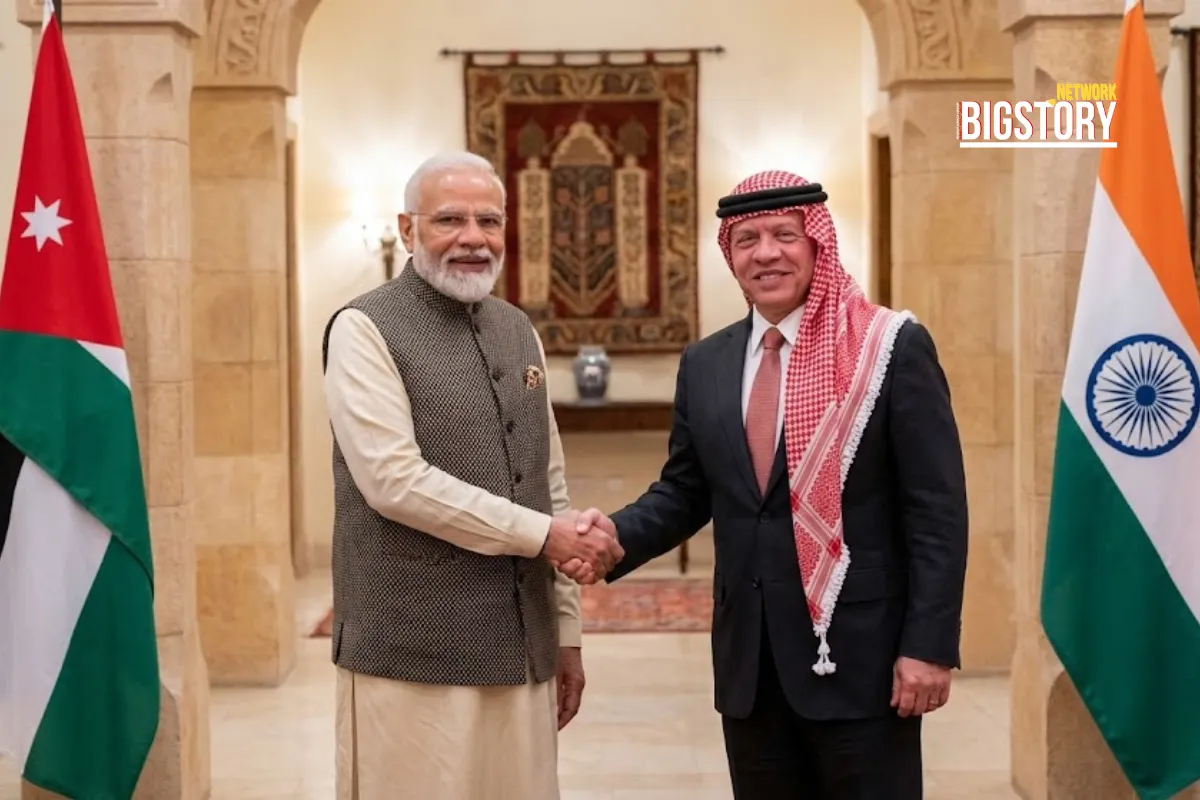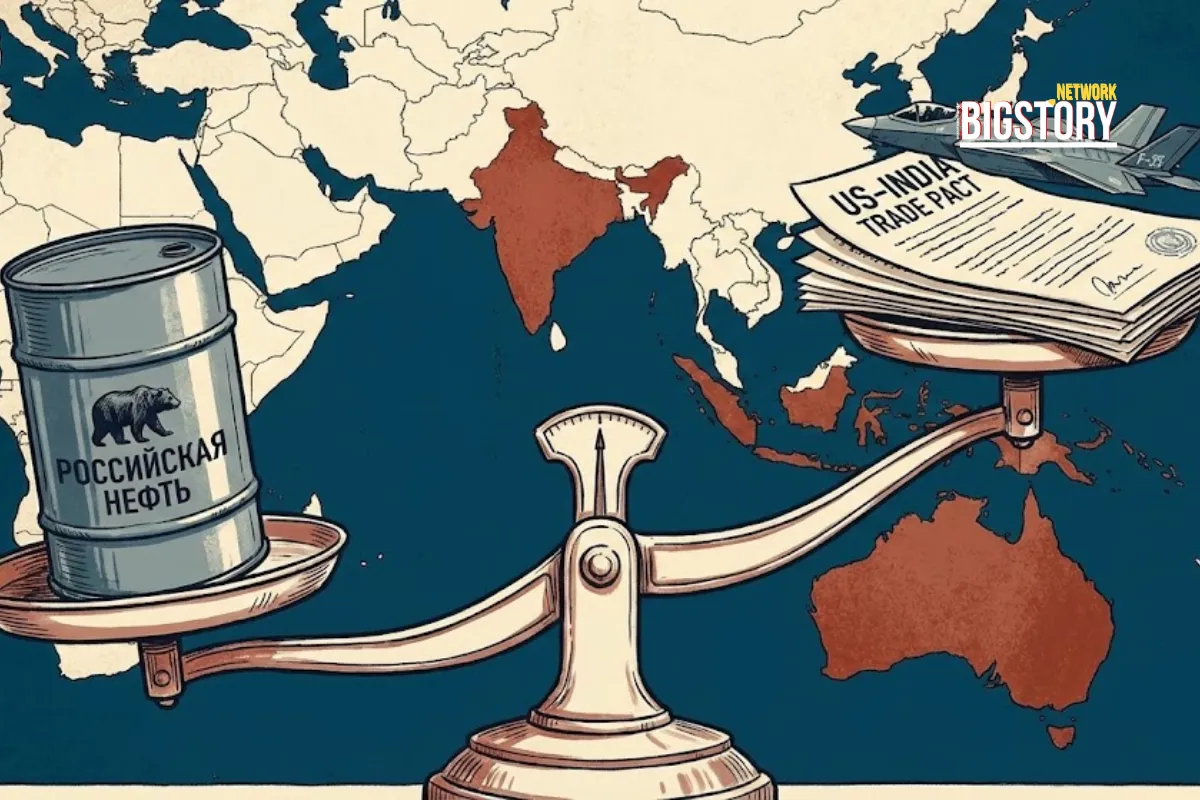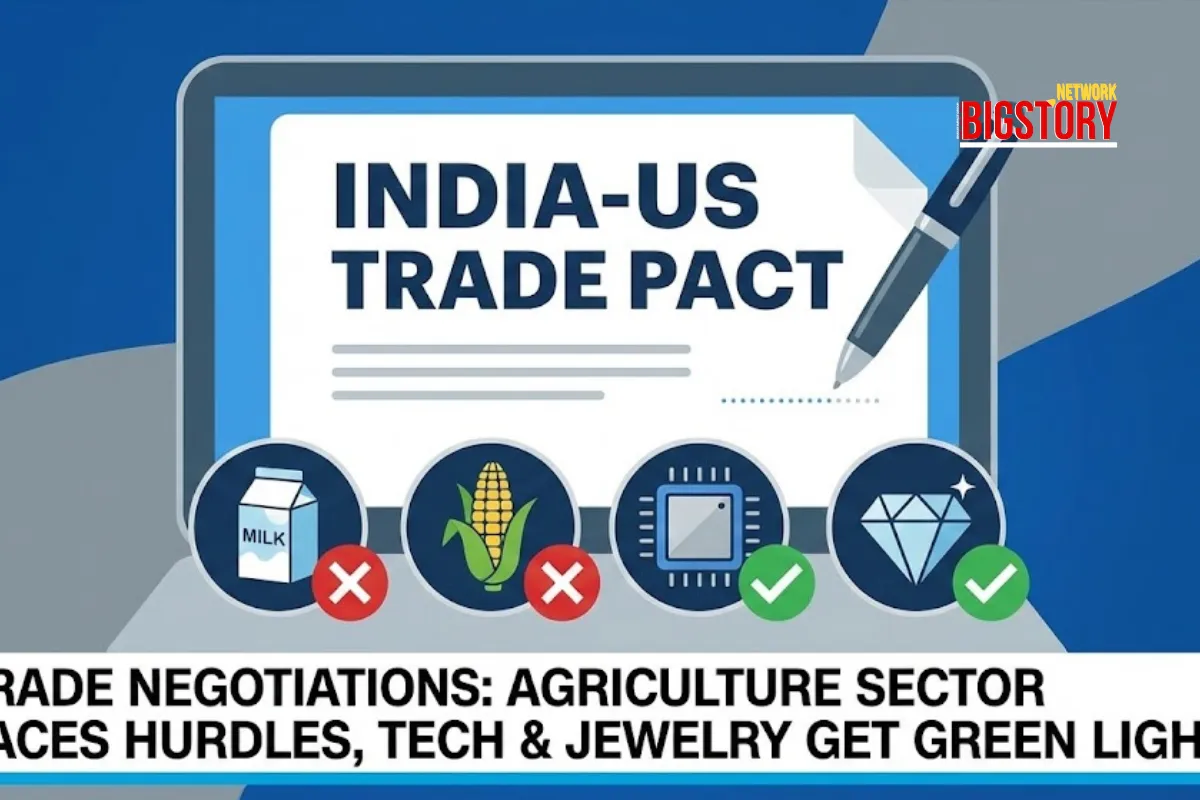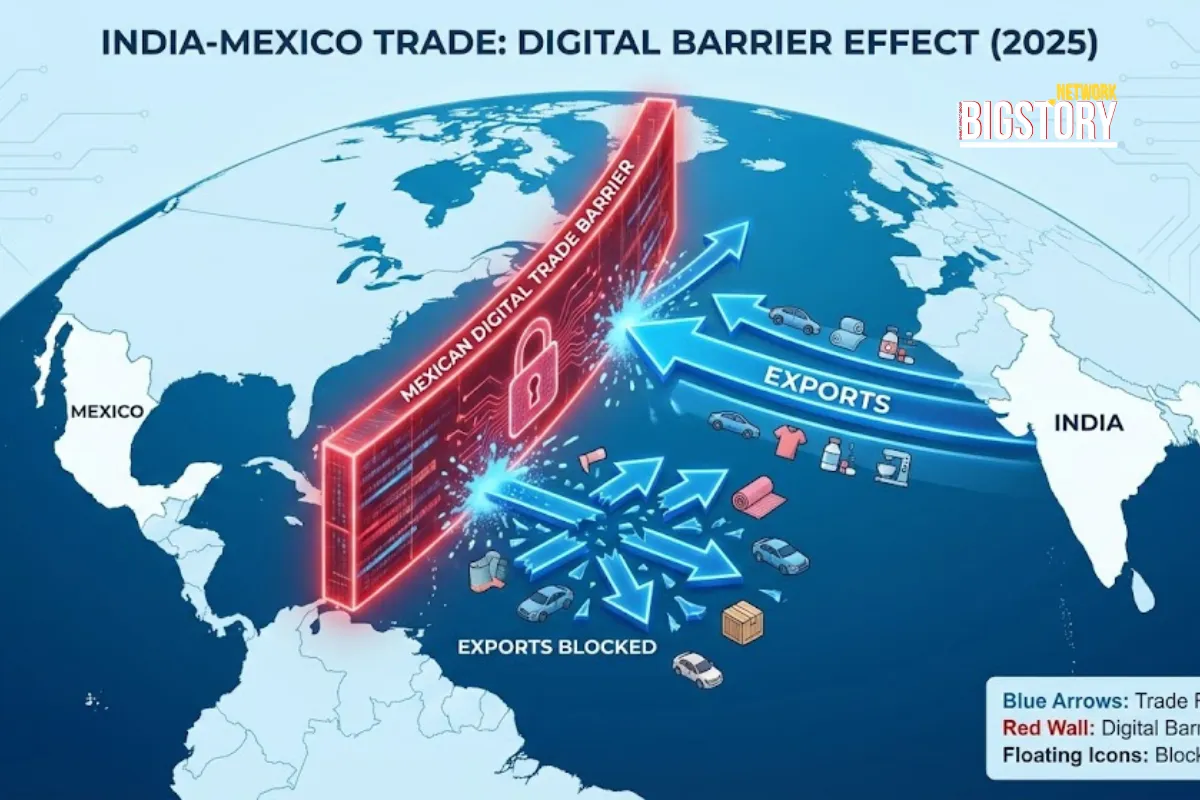Trump sanctions Rosneft and Lukoil, forcing India and China to cut Russian oil imports. Secondary sanctions loom as energy prices spike.
 Sseema Giill
Sseema Giill
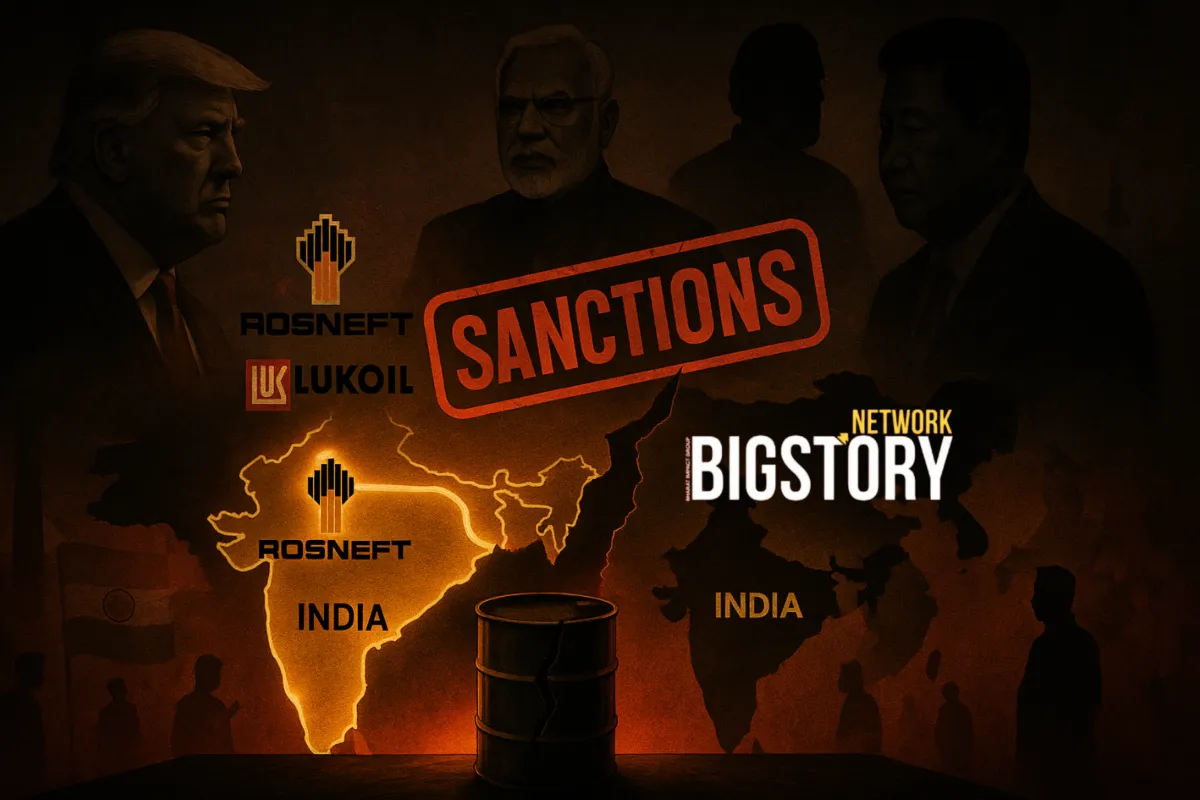
On October 22, Donald Trump unleashed sanctions on Rosneft and Lukoil, choking off 36% of India’s crude oil supply and 20% of China’s — not with missiles, but with the quiet violence of financial power. The November 21 wind-down deadline isn’t just a compliance clock; it’s a geopolitical ultimatum that forces New Delhi and Beijing to pick a side.
Dateline: Washington / New Delhi / Beijing | Updated: Oct 23, 2025 (IST)
President Donald Trump has imposed sweeping sanctions on Rosneft PJSC and Lukoil PJSC, Russia’s top two oil exporters, citing their role in funding the Kremlin’s war effort. Together, they supply over 3 million barrels per day—around 36% of India’s and 20% of China’s crude imports.
The OFAC sanctions freeze US assets, prohibit American entities from transactions, and give global buyers until November 21 to wind down dealings. Brent crude jumped nearly 5% in hours.
Trump’s move follows the collapse of his planned Budapest summit with Putin, and it lands just days before the ASEAN Summit—timed to corner Asian buyers, especially India and China, into swift compliance.
The subtext is blunt: keep buying Russian oil and risk losing access to Western financial systems.
This isn’t just about punishing Moscow—it’s about testing India’s and China’s strategic flexibility under dollar hegemony.
The genius and cruelty of this move lies in what Trump didn’t announce: secondary sanctions.
Indian refiners aren’t sanctioned—but the threat of losing dollar access is enough. Already, Indian state-run companies are reviewing contracts and preparing to slash Russian oil to near zero.
Why it matters:
The sanctions operate on game theory and leverage, not tanks.
India bought Russian oil because it was cheap—discounts of $15–20 a barrel helped cushion inflation and fuel growth. But those savings now collide with the invisible wall of the dollar.
If New Delhi complies, energy costs surge, inflation spikes, and political pain lands at Modi’s doorstep.
If it resists, the Treasury can quietly sever India’s ability to transact internationally. No missiles. No headlines. Just wires that don’t clear.
China imports 2 million bpd of Russian oil, with about 800,000 bpd arriving through pipelines likely shielded from sanctions. That gives Beijing wiggle room India doesn’t have. But its seaborne flows—1.2 million bpd—are exposed.
China may slow-walk compliance while India front-loads it, avoiding secondary sanctions. That asymmetry will deepen strategic competition between the two.
For decades, countries like India believed they could multi-align—buy oil from Russia, partner with the US on defense, and trade with China. Trump’s sanctions prove neutrality is no longer possible in a dollar world.
Globalization once promised shared prosperity. Now it offers shared vulnerability.
The dollar has become a lever, and interdependence has become a trap.
India faces an uncomfortable but inevitable choice: pay more, or pay the price.
Q1. What exactly did Trump sanction?
Rosneft and Lukoil—Russia’s largest oil exporters.
Q2. Why does this hit India so hard?
They supply 36% of India’s crude. Losing that means scrambling for costlier suppliers.
Q3. Are Indian refiners sanctioned?
No, but they risk secondary sanctions—a much bigger threat.
Q4. Can India defy the US?
In theory, yes. In practice, dollar dominance makes that nearly impossible without major economic pain.
Q5. How will this affect oil prices?
Expect volatility. Brent already spiked 5%. If flows collapse in November, it could surge higher.






Sign up for the Daily newsletter to get your biggest stories, handpicked for you each day.
 Trending Now! in last 24hrs
Trending Now! in last 24hrs
